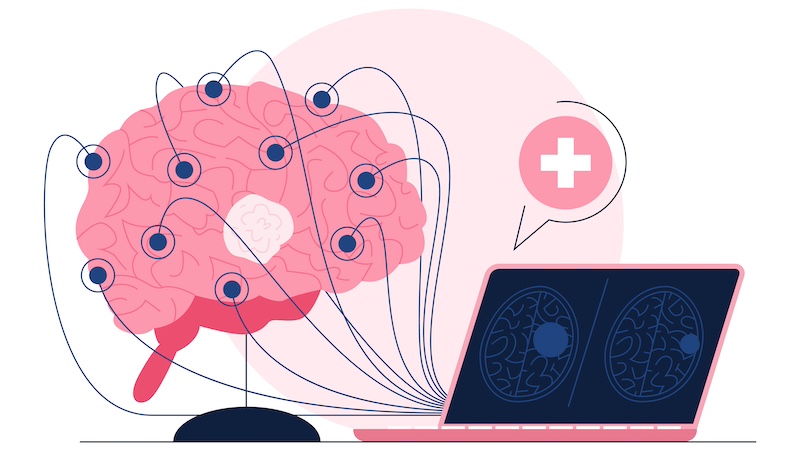According to the Parkinson’s Foundation, more than ten million people worldwide live with Parkinson’s disease. However, diagnostic methods have so far been extremely limited. Could AI help here and enable early diagnosis of Parkinson’s? A new study has come to this conclusion.
In the USA alone, around one million people live with Parkinson’s disease. According to the Parkinson’s Foundation, this figure will rise to around 1.2 million by 2030. This is because around 90,000 people are diagnosed with Parkinson’s every year in the USA alone.
Worldwide, more than ten million people live with Parkinson’s disease, only around four percent of whom are diagnosed before the age of 50.
Early diagnoses of Parkinson’s disease are therefore still very rare. However, the use of AI systems could soon change this, as the results of a new study show.
How can AI help diagnose Parkinson’s disease?
Earlier diagnosis of the disease could offer sufferers a better quality of life. And this is exactly where researchers from the UK, Denmark and Australia have started.
They have developed an AI system that can analyze the electrical activity of the brain. They have previously measured these brain waves with the help of electroencephalograms (EEGs).
If the AI system analyzes the brain wave data from the electroencephalograms, it can detect Parkinson’s disease with a high degree of accuracy, according to the study results.
The artificial intelligence can also detect very early signs of Parkinson’s disease. This has not been possible until now, as diagnoses have only been based on the judgment of doctors on the basis of symptoms that have already appeared and medical tests.
Better quality of life for people with Parkinson’s disease
The researchers have published the results of their study in a paper in the online scientific database ScienceDirect. It states that the results can help to “create an essential technology for efficient Parkinson’s diagnosis”. This could improve both patient care and quality of life.
Parkinson’s disease is a neurological disorder. Over time, nerve cells in the brain are damaged in such a way that the patient’s motor control is reduced.
Early diagnosis could therefore enable those affected to receive better care. This is because the analysis of EEG scans can not only determine the presence of the disease, but also its severity.
The accuracy of the AI model is crucial here. The researchers were able to achieve accuracy rates of 99.83 percent and 95.79 percent in two tests.
“The proposed model has promising potential as a valuable and long-lasting aid for experts and clinicians in the diagnosis of Parkinson’s disease,” the paper states. The AI system could also be used to support electrocardiograms or electromyography.










